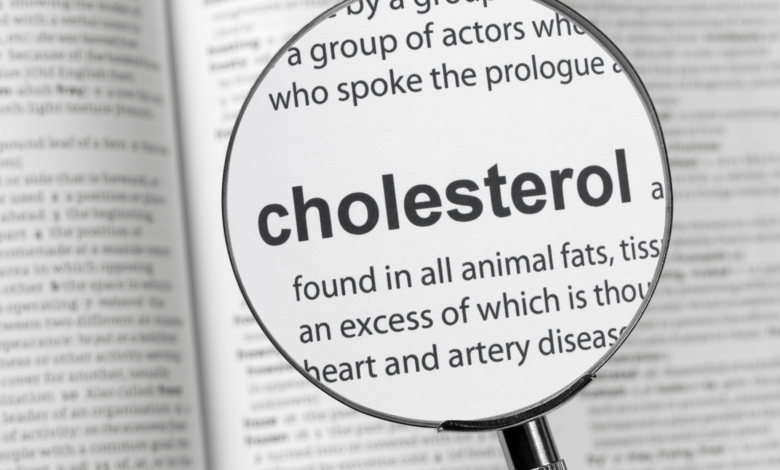Lower cholesterol with these easy daily routines


Cholesterol is a type of fat that is essential for various functions in our body, such as the production of hormones, vitamin D, and bile acids. However, high levels of cholesterol can increase the risk of heart disease, stroke, and other health problems. In this article, we will discuss the difference between good and bad cholesterol and share some tips to lower cholesterol without disrupting your daily routine.
What is good and bad cholesterol?
Cholesterol travels through the blood in lipoproteins, which are protein and fat particles. Low-density lipoprotein (LDL) is commonly known as bad cholesterol because it can accumulate in the walls of arteries, forming plaques that can restrict blood flow to the heart and brain. High-density lipoprotein (HDL) is known as good cholesterol because it helps remove excess cholesterol from the bloodstream and transport it to the liver for disposal.
How to lower cholesterol without interrupting daily routines
- Choose healthy fats: Replace saturated and trans fats with monounsaturated and polyunsaturated fats, which can help lower LDL cholesterol. Good sources of healthy fats include olive oil, avocados, nuts, seeds, and fatty fish.
- Increase fiber intake: Soluble fiber can bind to cholesterol in the gut and prevent it from being absorbed into the bloodstream. Good sources of soluble fiber include oats, barley, beans, lentils, fruits, and vegetables.
- Exercise regularly: Physical activity can help increase HDL cholesterol and lower LDL cholesterol. Aim for at least 30 minutes of moderate-intensity exercise most days of the week, such as brisk walking, cycling, or swimming.
- Limit alcohol consumption: Drinking too much alcohol can increase blood pressure and triglyceride levels, which can contribute to high cholesterol. Limit alcohol consumption to no more than one drink per day for women and two drinks per day for men.
- Quit smoking: Smoking can damage the walls of blood vessels and increase the risk of heart disease. Quitting smoking can help improve cholesterol levels and reduce the risk of other health problems.
- Choose lean protein: Replace red meat with lean protein sources such as chicken, fish, beans, and legumes. These foods are lower in saturated fat and can help lower LDL cholesterol.
- Choose low-fat dairy: Replace full-fat dairy products with low-fat or fat-free versions. These products are lower in saturated fat and can help lower LDL cholesterol.
Lowering cholesterol can be achieved with small lifestyle changes that can easily be incorporated into daily routines. By making healthy choices, you can improve your cholesterol levels and reduce the risk of heart disease and stroke.





